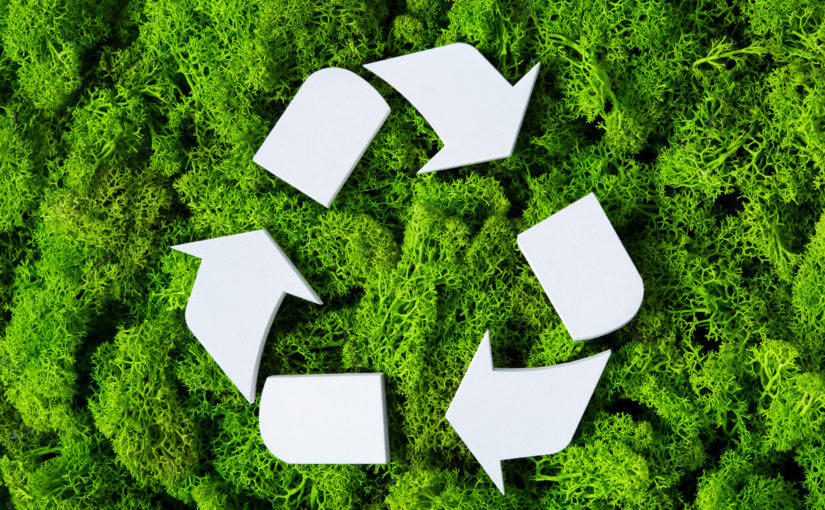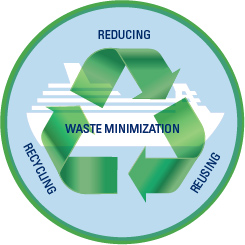Recycling Lives Services: Leading the Way in Liable Recycling
Recycling Lives Services: Leading the Way in Liable Recycling
Blog Article
Exploring Different Sorts Of Waste in Modern Waste Management Equipment
The modern landscape of waste monitoring involves navigating an intricate selection of waste types, each needing specialized handling and disposal methods to mitigate ecological impacts. Local solid waste, unsafe waste, electronic waste, and natural waste each existing distinctive challenges and chances for source recuperation. Ingenious options such as smart waste bins and waste-to-energy innovations are becoming important devices in improving effectiveness and sustainability. Comprehending these waste kinds is crucial for fostering public recognition and encouraging active engagement in lasting techniques. What techniques can effectively address these diverse sorts of waste while promoting a round economic climate?
Local Solid Waste
Municipal solid waste, usually referred to as household garbage or trash, incorporates a range of thrown out products generated by household, commercial, and institutional resources within a town. This waste stream usually consists of things such as product packaging, food scraps, yard trimmings, paper, plastics, fabrics, and discarded house goods. The monitoring of local solid waste is a vital part of urban preparation and public wellness, necessitating effective collection, transportation, and disposal systems.
Reliable waste monitoring systems are developed to lessen environmental influence while making best use of source recovery. Composting organic waste, such as food scraps and yard trimmings, not just lowers land fill usage yet additionally produces valuable soil amendments.
Communities must likewise address the financial and logistical challenges related to waste monitoring. Applying pay-as-you-throw systems, boosting public recognition, and purchasing technology can considerably improve waste diversion rates. By incorporating these practices, districts can foster sustainable neighborhoods, minimize greenhouse gas emissions, and preserve all-natural resources.
Contaminated Materials

Reliable contaminated materials monitoring entails numerous important actions: recognition, disposal, treatment, and segregation. Recognition involves the category of waste based upon its dangerous buildings. Segregation makes sure that unsafe materials are kept independently from non-hazardous waste to stop cross-contamination. Treatment techniques, such as chemical neutralization, incineration, and stablizing, are utilized to lower the toxicity, quantity, or mobility of the waste. Disposal options, including safe landfills and underground storage space, are selected to ensure long-term containment.
Regulative frameworks, such as the Resource Conservation and Recuperation Act (RCRA) in the United States, provide standards and criteria for hazardous waste management. Adherence to these laws, paired with improvements in waste therapy modern technologies, is important in reducing the threats connected with dangerous waste.
Electronic Waste
Digital waste, generally referred to as e-waste, represents a quickly growing challenge in waste monitoring systems around the world. This kind of waste incorporates disposed of digital tools and equipment such as smartphones, computers, televisions, and other electronic devices. The fast speed of technological development, coupled with lowering item life-spans and customer need for the most recent devices, has actually tremendously raised the quantity of e-waste produced yearly.
E-waste is especially problematic due to its intricate make-up, typically having harmful substances like cadmium, mercury, and lead, which posture considerable environmental and health and wellness threats if not correctly taken care of. Alternatively, e-waste additionally includes important materials such as silver, gold, and copper, which can be recouped and reused. The double nature of e-waste-- both visit their website unsafe and important-- demands specialized handling, recycling, and disposal processes.
Reliable e-waste management involves rigid regulative frameworks, robust collection systems, and progressed recycling modern technologies. Public awareness and involvement are essential, as incorrect disposal methods, such as prohibited discarding and casual recycling, aggravate environmental contamination and health and wellness hazards. Subsequently, boosting e-waste monitoring practices is important for mitigating eco-friendly influence and recovering useful sources in an increasingly electronic world.

Organic Waste
Organic waste, comprising cooking area scraps, yard trimmings, and agricultural residues, stands for a considerable part of the global waste stream. This kind of waste is biodegradable, meaning it can be broken down by microorganisms right into easier organic substances. Regardless of its capacity for natural disintegration, improper monitoring of natural waste can cause negative ecological effects, including the exhaust of greenhouse gases such as methane, which add to climate modification.
Effective administration of organic waste is crucial for lessening these ecological influences (recycling lives services). Composting is an extensively adopted method, changing natural waste into nutrient-rich compost that can enhance dirt health and agricultural efficiency. In addition, anaerobic digestion is an emerging innovation that converts natural waste right into biogas, a renewable energy source, and digestate, which can be utilized as plant food
Municipalities and waste management entities should my link apply durable natural waste collection and therapy programs to optimize the benefits of these processes. Public education and learning campaigns can additionally play a pivotal role in encouraging families and organizations to different organic waste from other kinds of waste. By prioritizing the monitoring of natural waste, cultures can decrease garbage dump use, reduced greenhouse gas discharges, and develop valuable by-products for agricultural usage.

Innovative Waste Administration
In the world of waste monitoring, innovative techniques are transforming exactly how societies handle their refuse, aiming for sustainability and performance. One prominent advancement is the execution of smart waste containers equipped with sensing units that check fill levels and maximize collection routes.
An additional notable development is the fostering of waste-to-energy (WtE) innovations. By converting non-recyclable waste right into functional energy with procedures such as incineration and anaerobic food digestion, WtE reduces land fill problem and provides a sustainable energy resource. Additionally, improvements in chemical recycling permit the break down of intricate plastics into their initial monomers, making it possible for the development of brand-new, high-grade plastic products.
Furthermore, the circular economic situation design is obtaining traction, highlighting the style of products and systems that prioritize reusability and source efficiency. This alternative method motivates industries to lessen waste generation from the outset. Through these innovative approaches, modern-day waste monitoring systems are not only addressing the instant challenges of waste disposal but also leading the way for a more sustainable future.
Verdict
A thorough understanding of metropolitan strong waste, contaminated materials, digital waste, and natural waste, coupled with the application of innovative waste management solutions, is necessary for reducing environmental impacts. Incorporating innovations such as smart waste containers and waste-to-energy systems can boost performance and sustainability. Efficient waste monitoring methods not only foster resource recovery however likewise promote public awareness and participation, inevitably adding to the development of a round economic climate.
The modern landscape of waste management includes navigating a complex selection of waste kinds, each calling web link for specialized handling and disposal methods to alleviate ecological impacts. Community solid waste, unsafe waste, electronic waste, and natural waste each existing unique challenges and possibilities for source healing.Electronic waste, generally referred to as e-waste, stands for a rapidly growing obstacle in waste monitoring systems around the world. Via these innovative approaches, modern-day waste monitoring systems are not only attending to the instant obstacles of waste disposal but also paving the way for an extra lasting future.
A detailed understanding of community solid waste, harmful waste, electronic waste, and organic waste, coupled with the execution of cutting-edge waste administration solutions, is crucial for alleviating environmental impacts. (recycling lives services)
Report this page